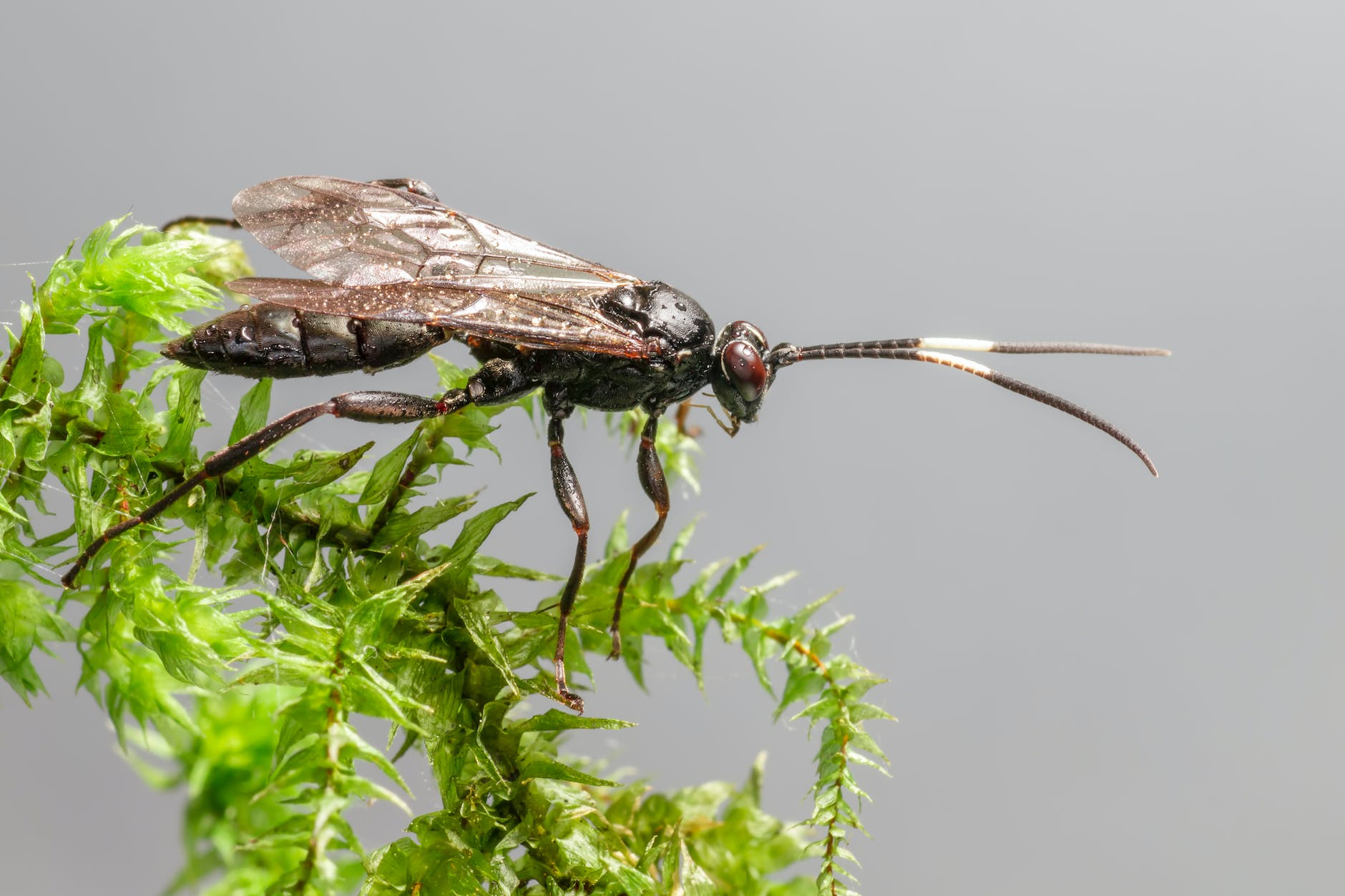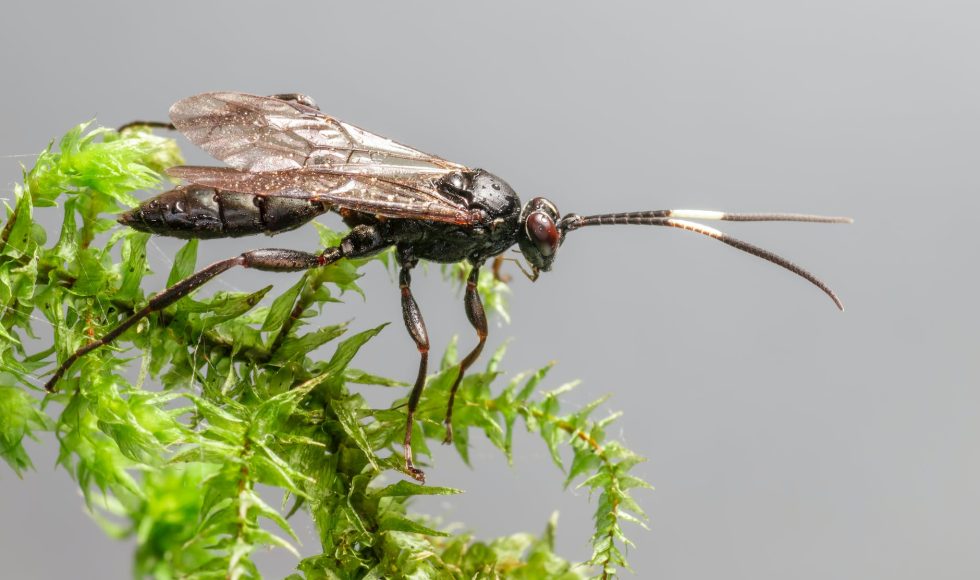It was a good Thanksgiving! The kids ate and had fun… and are now asleep. Tonight I continued watching ASMCUE 2022 poster sessions. I watched the recording for the poster entitled “Student Driven Artistic Assignments for Complex Microbiology Processes.” Ryan Kenton is an Associate Professor at the University of Portland. Kenton believes that both science and art require observation and analysis. Their hope was to bring both to class would be a benefit to student learning and satisfaction. The first assignment was a traditional research paper and was modified to include the choice and option to write from the perspective of a parasite. Only eight students out of 28 wrote from the perspective of the parasite, and Kenton says the submissions were “phenomenal” and very creative. The second assignment was about the trematode life cycle. The first part of the assignment was to watch the TED Talk on Schistosomiasis, and the second part was to create a five min Zoom video showing a life cycle of a trematode using tangible art. Students used play dough and even finger puppets to explain the life cycle. The third assignment was on the nematode life cycle. The first part was to create a kids book or pamphlet explaining the life cycle of a parasitic nematode and how to prevent infection… and could only use the 1000 most common words in the English language. Next, students had to create a five minute Zoom video reading the work to the camera. Kenton says students complained at the beginning and ended up enjoying this and the other two assignments. Final course grades and satisfaction increased compared to previous offerings without the “artistic” modifications. Oh these assignments sound like a lot of fun to read and learn from for both students and instructors. I wonder what I can do that is similar to this approach. I don’t get into life cycles… and few nematodes are in the courses I teach… but I know there are other opportunities!



